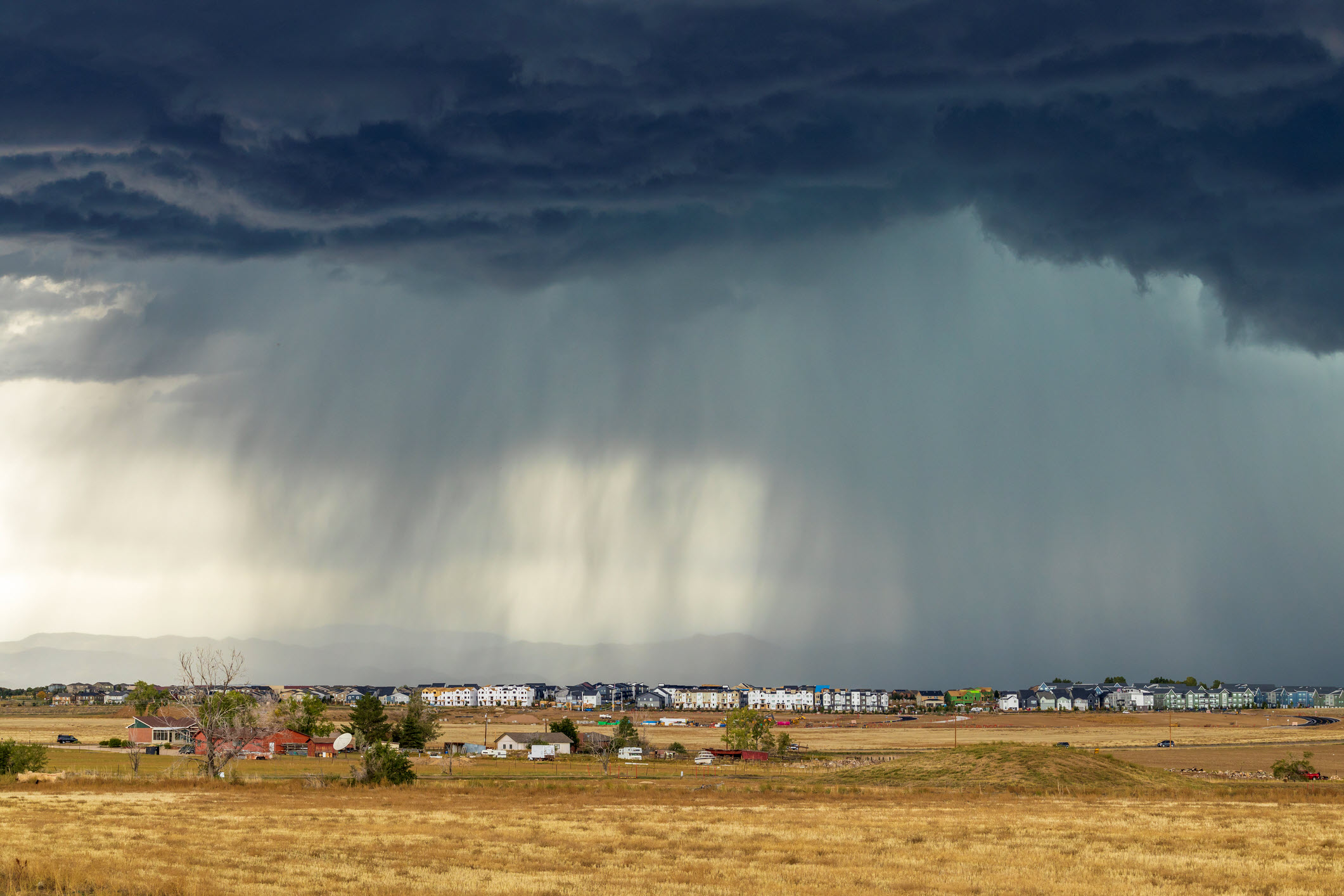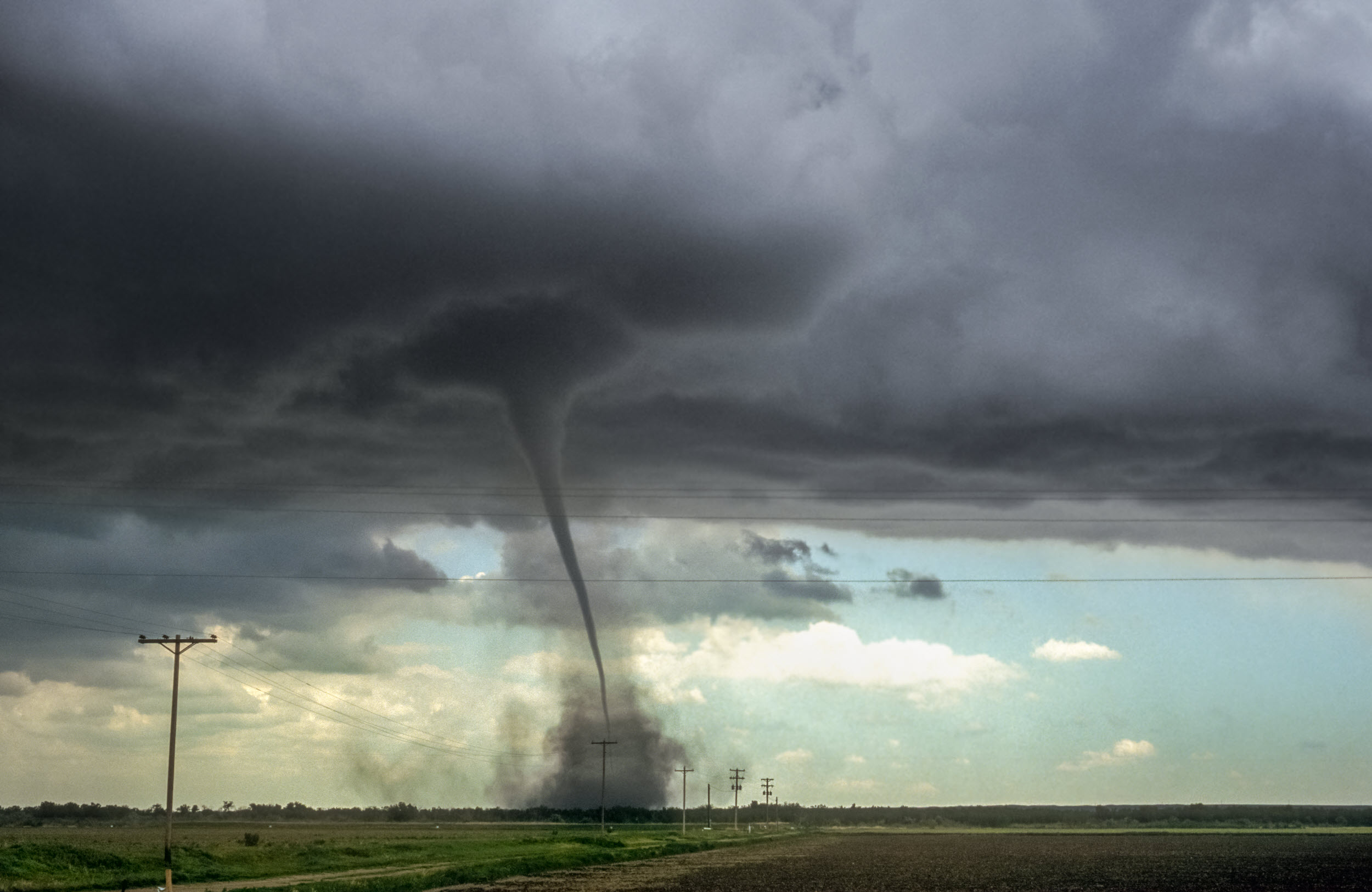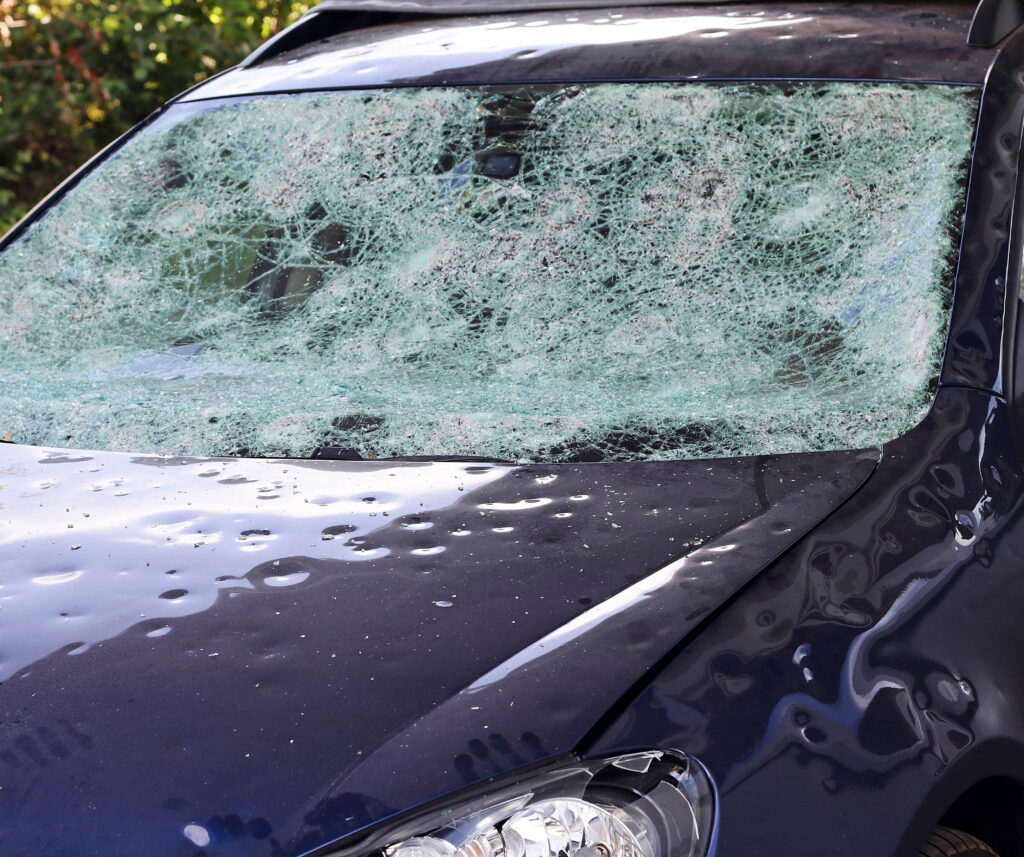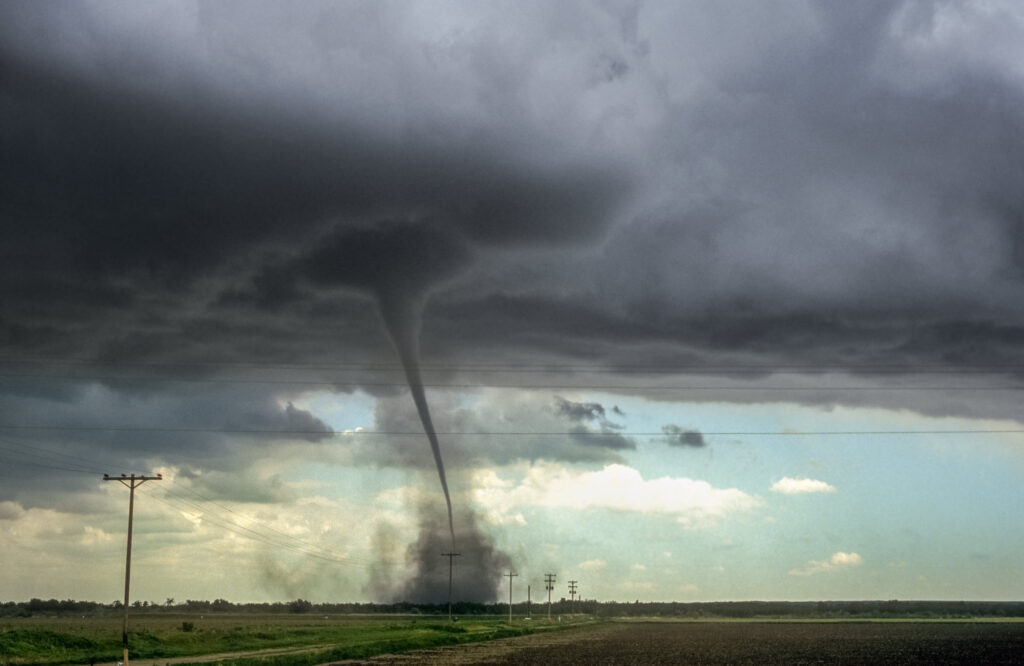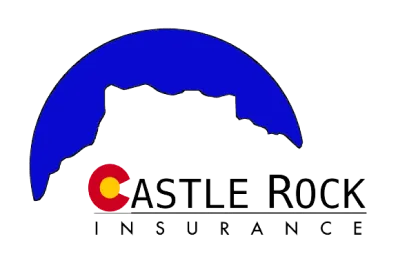In 2024, the cost of homeowners insurance in Colorado has seen significant changes, largely driven by the impact of inflation. As living expenses and construction costs rise, insurance premiums have followed suit, putting additional financial strain on homeowners. According to the Denver Post, Colorado homeowners insurance premiums have risen by an average of 21% over the past year alone, a stark increase compared to previous years. Compounding this issue, several insurance carriers have ceased offering homeowners insurance in certain areas, citing increased risks and financial losses. Colorado’s susceptibility to natural disasters, such as floods and wildfires, has played a critical role in shaping insurance rates. For example, the article notes that wildfire risk alone has driven some premiums up by as much as 40% in the most vulnerable areas. These events increase the likelihood of substantial claims, prompting insurers to adjust premiums to mitigate potential losses.
Additionally, supply chain disruptions and labor shortages have pushed construction costs higher, further impacting insurance rates. With the cost to rebuild homes increasing, insurers are raising premiums to cover the higher potential payout in the event of a claim. As a result, homeowners in Colorado face a challenging landscape when it comes to securing affordable and comprehensive insurance coverage. This combination of rising premiums, the exit of major carriers from the market, and heightened natural disaster risks creates an urgent need for Colorado homeowners to explore their insurance options carefully. Working with a local, knowledgeable insurance broker like Castle Rock Insurance can help homeowners navigate these complexities and find the best possible coverage to protect their homes and finances.
What Impacts The Cost of Homeowners Insurance in Colorado?
The cost of home insurance in Colorado is influenced by several factors. The size and value of your home are primary considerations; larger homes or those with higher values typically come with higher premiums because they cost more to repair or rebuild. Location also plays a significant role; homes in areas prone to natural disasters like wildfires, floods, or hailstorms often have higher insurance costs. Proximity to fire stations and hydrants can impact rates, with homes closer to these resources often enjoying lower premiums. Additionally, the age and condition of your home matter; older homes or those in poor condition may cost more to insure due to the increased likelihood of needing repairs. Homes built with durable, damage-resistant materials, such as brick or fire-resistant roofing, might have lower premiums. Your claims history and the claims history in your neighborhood can affect rates as well, as a history of frequent claims can lead to higher premiums.
Other factors impacting home insurance rates include your credit score, deductible amount, and the coverage type you choose. A higher credit score often results in lower premiums, as it suggests financial responsibility and lower risk. Opting for a higher deductible can lower your premium but means you’ll pay more upfront if you need to file a claim. Comprehensive coverage or additional riders for specific items can increase costs, and local building codes and regulations might come into play, especially if updates are needed to comply with new standards after a loss. Broader market conditions like inflation and economic stability also influence insurance rates, especially in 2024. Additionally, Esurance has recently announced it is no longer providing home insurance in Colorado, further complicating the insurance landscape for homeowners. Understanding these factors can help you make better decisions about your home insurance.
What Can Colorado Homeowners Expect To Pay in 2024 For Insurance?
In 2024, Colorado homeowners can expect to pay an average of approximately $3,820 per year for homeowners insurance, significantly higher than the national average of $1,915 per year. This increase is driven by rising living and construction costs, Colorado’s susceptibility to natural disasters like wildfires and floods, and broader market conditions such as inflation and economic stability. Factors influencing rates include the size and value of the home, location, proximity to fire stations, age and condition of the home, and construction materials. Personal factors like claims history, credit score, and chosen coverage amount also play significant roles. Additionally, Esurance has recently stopped providing home insurance in Colorado, adding complexity to the insurance landscape. Understanding these factors can help homeowners make better decisions about their insurance.
Hypothetical Examples of Homeowners Insurance Policy Costs
In 2024, homeowners in different cities across Colorado can expect to pay varying amounts for insurance based on location, property type, and local risks. Here are ten detailed hypothetical examples with square footage and estimated costs:
Condominium Owner in Denver (900 sq ft)
- Expected Cost: Approximately $4,235 annually
- Details: Due to the elevated risk of natural disasters and higher property values, condominium owners in Denver should prepare for higher insurance rates. Denver’s urban setting also contributes to the higher costs.
Single-Family Home Owner in Boulder (1,800 sq ft)
- Expected Cost: Around $3,215 per year
- Details: Boulder enjoys relatively lower risk compared to more disaster-prone areas, contributing to moderately priced insurance premiums. The city’s proactive measures against natural disasters help keep rates reasonable.
Townhouse Owner in Colorado Springs (1,500 sq ft)
- Expected Cost: About $4,285 annually
- Details: Colorado Springs is highly susceptible to wildfires, significantly impacting insurance costs. The city’s ongoing development and higher property values also play a role in these elevated premiums.
Homeowner in Castle Rock (2,000 sq ft)
- Expected Cost: Approximately $4,195 per year
- Details: Castle Rock’s location and rising property values contribute to substantial insurance premiums. Its growing population and development increase the demand and cost of home insurance.
Bungalow Owner in Fort Collins (1,200 sq ft)
- Expected Cost: Around $3,175 annually
- Details: Fort Collins experiences moderate risks and property costs, leading to average insurance rates. The city’s emphasis on sustainable building practices helps in managing insurance premiums.
Historic Home Owner in Pueblo (2,500 sq ft)
- Expected Cost: Approximately $4,855 per year
- Details: Historic homes in Pueblo face higher insurance costs due to the increased risks and expenses associated with older properties. The city’s economic challenges and crime rates also affect premium rates.
Duplex Owner in Aurora (1,400 sq ft)
- Expected Cost: About $4,220 annually
- Details: Aurora’s risk factors, including frequent hailstorms and higher crime rates, influence its substantial insurance premiums. The city’s diverse housing market also contributes to these costs.
Ranch-Style Home Owner in Grand Junction (2,200 sq ft)
- Expected Cost: Approximately $1,775 per year
- Details: Grand Junction benefits from a lower risk of natural disasters, leading to more affordable insurance premiums. The city’s stable economy and lower property values help keep costs down.
Luxury Home Owner in Littleton (3,000 sq ft)
- Expected Cost: Around $3,950 annually
- Details: Littleton’s higher property values and associated risks result in elevated insurance costs. The city’s suburban setting and quality of life contribute to these premiums.
Small Cottage Owner in Durango (1,000 sq ft)
- Expected Cost: About $1,865 per year
- Details: Durango’s lower property values and moderate risk levels lead to more affordable insurance premiums. The city’s commitment to safety and community resilience helps manage these costs.
These examples highlight the variation in homeowners insurance costs across Colorado, influenced by specific factors such as location, property characteristics, and local risks; these are just hypothetical examples for expected home insurance costs in 2024.
How You Can Save Money On Homeowners Insurance
While it may sound disheartening to face increasing homeowners insurance rates, there are options to save money. Bundling your home and auto insurance policies with the same provider can lead to substantial savings, as many companies offer discounts for multiple policies. Enhancing your home’s security features, such as installing smoke detectors, burglar alarms, and deadbolt locks, can also qualify you for discounts by reducing the risk of damage or theft. Increasing your deductible is another way to lower your annual premium, though it means paying more out of pocket if you file a claim. Maintaining a good credit score, regularly reviewing and updating your policy, and shopping around for quotes from different insurers are all effective strategies to manage insurance costs.
Castle Rock Insurance is an excellent option for Colorado homeowners looking to save on insurance. As an independent, local Colorado-based insurance broker, we have access to 20+ personal and residential carriers, allowing us to compare a wide range of policies to find the best fit for you. Our deep understanding of the local insurance market enables us to identify opportunities for savings that others might miss. By working with Castle Rock Insurance, you benefit from personalized service and expert advice tailored to the unique risks and needs of Colorado homeowners. Get a free homeowners insurance quote from us today and see how much you can save!






